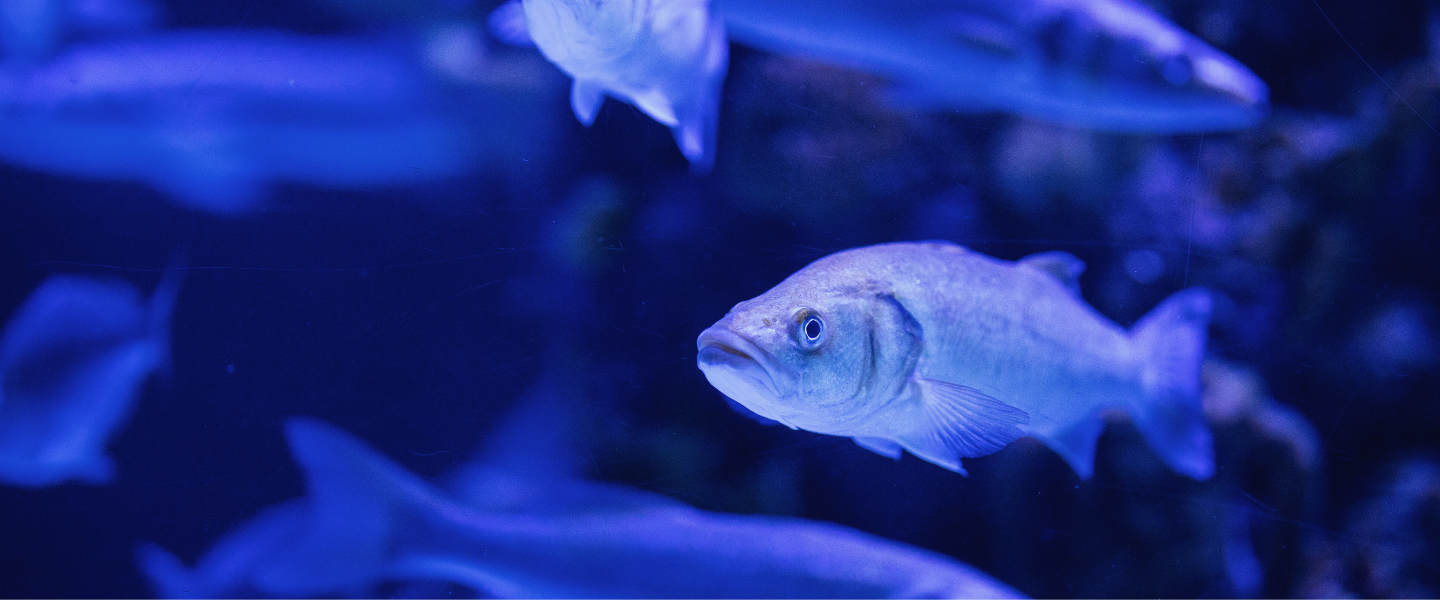How to Submit Data
The FACT Data Node

The FACT Data Node
Only done once for each project.
All telemetry projects are broken into tag projects and array projects – even if they are run by the same group. Project metadata forms are used to gather background information and create your private folder(s) in research workspace and the Node. Only the people designated on the project metadata forms are granted access to the folder(s).
Email the metadata forms to Data@theFACTNetwork.org.
Download FACT Tag Project Metadata Template
Download FACT Array Project Metadata Template
Only done once.
A member of the Data Team will process your project metadata forms and create a folder for each project at www.researchworkspace.com. You will receive an email invitation to the folder. Please follow the instructions in the email and sign up for a free account. You only need to reply to one email invite. When you log on, you will see all your project folders.
Only done once.
Equipment specifications are used in checking submitted tag and deployment information. For example, with the specs we can provide calculated sensor outputs (like temperature) in detection extracts and ensure the serial number matches the tag ID code in the tagging metadata form. The spec sheets are the same as what is sent to you when you purchase telemetry equipment. By filling out the form, you authorize Innovasea to provide the FACT Data Team with your tech specs. You may select to do this on a one time basis or for all purchases.
Complete the authorization form and email it to Data@theFACTNetwork.org.
Download Innovasea FACT Authorization Form
As an alternate to Innovasea providing the information directly, you may upload your spec sheets into your folder in research workspace.
Complete every time new tags are deployed.
Please upload your tagging metadata form in the ‘to be filed’ folder in research workspace. The VEMBU can help!
Download FACT Tagging Metadata Template
Complete every time receivers are retrieved (shortform and detections).
Please upload raw, unedited vrl files with your deployment form in the ‘to be filed’ folder in research workspace. Detections will be corrected for drift during the quality control process. If you have a mobile receiver (e.g. receiver on a glider), upload the associated telemetry file and a mobile deployment metadata form in addition to the unedited detection file. The VEMBU can help!
Download FACT Deployment Shortform Template
Download FACT Mobile Deployment Shortform Template
Congratulations! You have data! Researchers will be notified via email when new detection extracts are available in their ‘Data Products’ folder.